Artistic Branding: Branding Tips for Artists

Artistic branding is a crucial aspect of establishing a successful career in the art world. By creating a distinctive brand identity, artists can communicate their unique vision, connect with their audience, and differentiate themselves from other artists. This blog post provides actionable tips on developing an effective personal brand, ensuring that your artistic branding efforts help you stand out and achieve your career goals.
Quick Summary
Artistic branding is essential for artists aiming to succeed in a competitive environment. It involves defining a unique identity through visual style, messaging, and emotional impact. By creating a cohesive brand identity, artists can connect with their audience and establish trust. Building a robust online presence, engaging on social media like Instagram, and networking at art events are key strategies. Ultimately, maintaining authenticity and consistency in branding helps propel an artist's
In the highly competitive art world, many artists struggle to make their mark. Artistic branding involves more than just a logo or signature on artwork; it's about creating an identity that connects with your target audience. This involves everything from your visual style and messaging to the emotional impact your work creates. Successful artists use their personal brand to build trust with potential clients and fellow artists, establishing a recognizable brand that is memorable and impactful.
Understanding Artistic Branding

Artistic branding involves more than just a logo or a signature on your artwork. It encompasses the entirety of your brand identity, including your visual style, messaging, and the emotional impact you create with your work. Successful artists leverage their personal brand to build trust and establish a recognizable brand that resonates with their target audience. By focusing on your core values and unique elements of your art, you can develop an artist's brand that is both authentic and memorable.
Ready to Grow Your Business?
Get a free consultation and custom strategy tailored to your goals.
A well-developed artistic brand goes beyond visual elements. It includes the personal experiences and stories that shape your art. When developing your brand, think about what inspires you and how you can communicate this through your artwork and marketing materials. Your artistic branding should reflect your creative journey, making it easier for your audience to connect with you on a deeper level.
For example, if your work is heavily influenced by nature, your brand should reflect this through a cohesive visual identity. This might include a color palette inspired by natural elements, a unique logo that incorporates organic shapes, and a brand statement that highlights your connection to the environment. By integrating these elements into your branding efforts, you can create a more authentic artist brand.
Defining Your Brand Identity
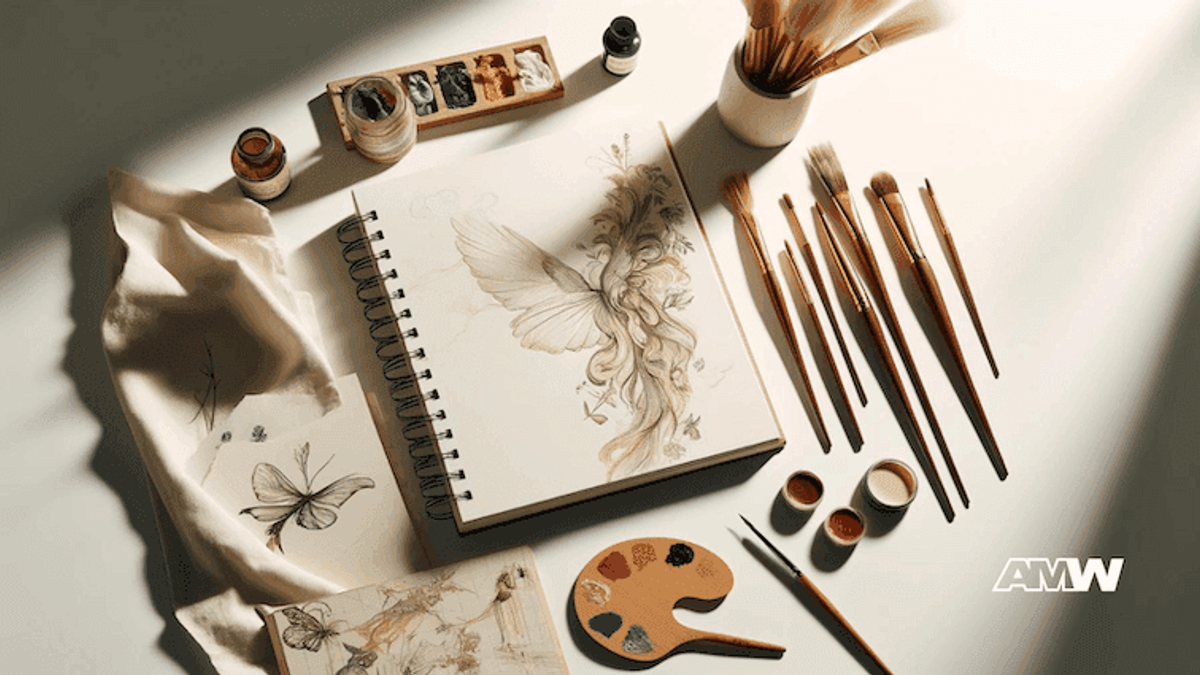
To start developing your artistic brand, begin by defining your unique artistic style. Reflect on what makes your work distinct and how you want to be perceived by your audience. This involves creating a brand statement that clearly communicates your vision, themes, and inspirations. Your brand statement should encapsulate the essence of your art business and serve as a guiding principle for all your branding efforts. For example, if your work often explores themes of nature and tranquility, your brand statement should reflect these elements.
Your brand identity is the foundation of your personal branding strategy. It should include a clear definition of your artistic style, a cohesive visual identity, and a strong brand statement. Begin by creating a mood board to collect visual inspiration and refine your aesthetic. This can help you identify the key elements that make your work unique and ensure consistency across all your branding efforts.
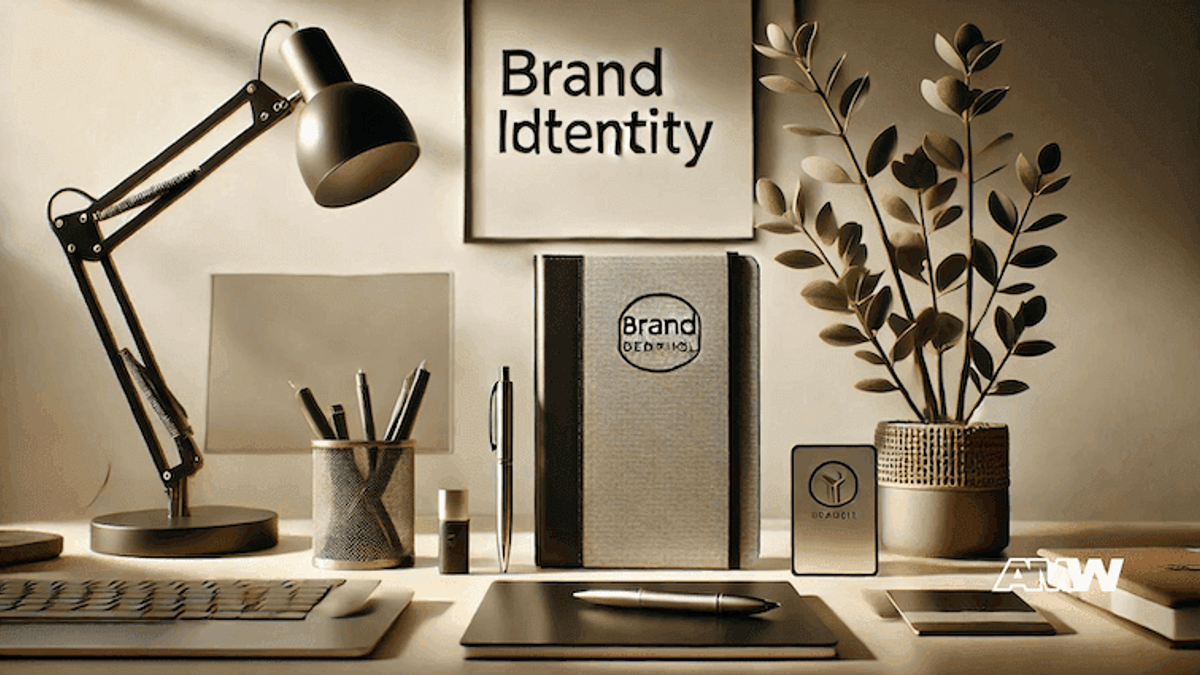
Next, focus on your visual identity. This includes your logo, color palette, and overall design style. Your logo should be unique and reflective of your artistic style, while your color palette should be consistent across all your marketing materials. By maintaining a cohesive visual identity, you can create a more professional and polished artist brand.
Your brand statement is another crucial component of your brand identity. It should clearly communicate your vision, themes, and inspirations. This statement should be included on your site, social media, and any other marketing materials. A strong brand statement can help potential clients and fellow artists understand your work and connect with your artistic journey.
In summary, defining your brand identity involves a deep understanding of your artistic style and the creation of a cohesive visual identity. By focusing on your core values and unique elements, you can develop an artist brand that is authentic and memorable. This will not only help you stand out in the art world but also build trust with your audience and achieve your career goals.
Visual Elements of Your Brand
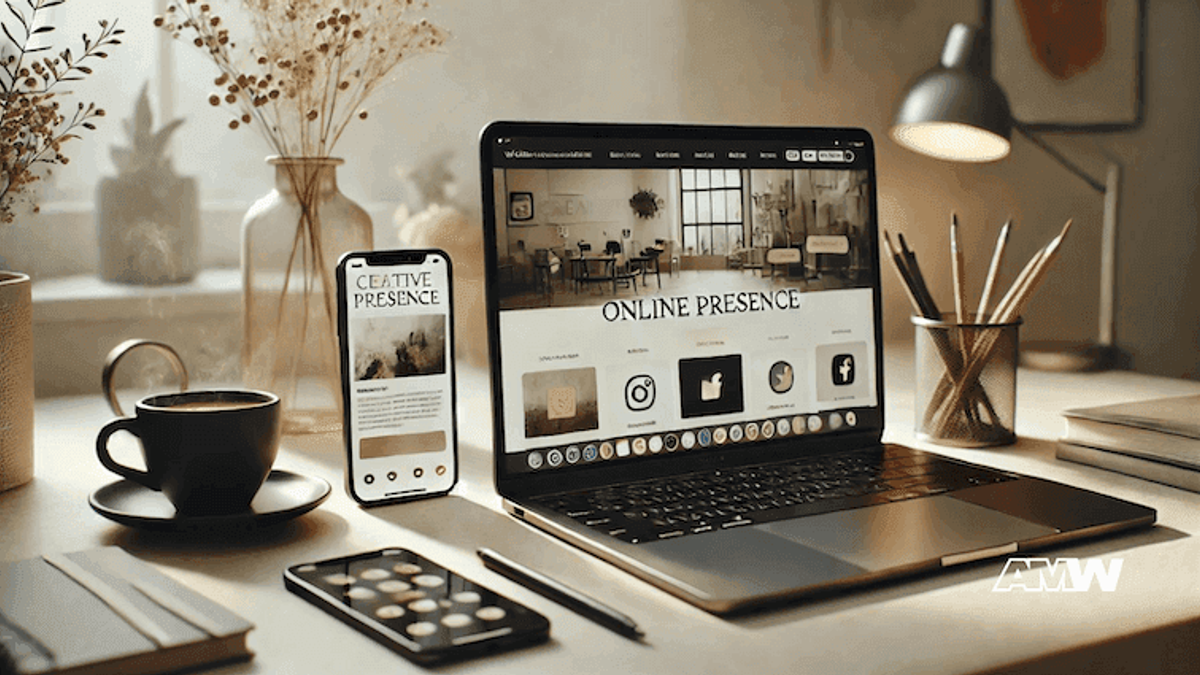
Creating a consistent visual identity is vital for establishing a strong artist brand. This includes developing a cohesive color palette, selecting fonts that reflect your style, and designing a unique logo that represents your brand. A well-defined visual identity helps in creating a recognizable brand that can easily be distinguished in the crowded art world. Your brand's visual elements create the first impression for potential clients and are crucial for building trust and credibility. To start, choose a color palette that reflects your artistic style and what you want to convey. The colors you select should be consistent across all your marketing materials, from your website and business cards to your social media channels. This helps in creating a unified look that reinforces your brand identity. For example, if your artwork is inspired by the ocean, incorporating shades of blue and green can strengthen your visual identity.
Selecting the right fonts is equally important. The typography you use should complement your artistic style and be legible across various formats. Fonts can speak a lot about your brand's personality; for instance, a sleek, modern font can communicate sophistication and professionalism, while a more playful, hand-drawn font might reflect a more whimsical and creative style. Consistent use of typography across your branding efforts helps in maintaining a professional and cohesive appearance.
A unique logo is another critical component of your visual identity. Your logo should be simple yet memorable, capturing the essence of your artistic brand. Please remember this important point: Your logo will be seen on all your materials, such as your site, social media profiles, and business cards. Therefore, it's crucial to spend time creating a logo that truly represents your brand. A great logo can help you stand out and leave a lasting impression on your audience.
Consider creating a mood board to gather visual inspiration and define the aesthetic of your brand. A mood board is a compilation of images, colors, fonts, and other visual elements that embody your brand's style and identity. It can serve as a reference point when creating new marketing materials, ensuring that everything remains consistent with your brand's look and feel. This tool is particularly useful for visual artists as it allows you to see how different elements work together and make adjustments before finalizing your branding strategy.
Ready to Grow Your Business?
Get a free consultation and custom strategy tailored to your goals.
Your website should be the centerpiece of your online presence. It should showcase your artwork with high-quality images, include a professional artist bio, and provide contact information. Your website should be easy to navigate and reflect your brand identity in its design and layout. Consistency helps build trust with clients and fellow artists. A professional and visually appealing website can attract more exposure and help in establishing a strong artist brand.
Building Your Online Presence

A strong social media presence is essential for artists. Social media like Instagram, Facebook, and X offer strong tools for sharing your work, engaging with your audience, and connecting with like-minded artists. Regular posting and interaction on these platforms can help you gain more exposure and attract clients.
Start by identifying the platforms that best suit your artistic style and target audience. For visual artists, Instagram is a particularly effective platform due to its visual nature and wide user base. Use these platforms to showcase your latest artwork, behind-the-scenes content, and engage with your followers. Consistent and authentic interaction with your audience can help build a loyal following.
Your online portfolio is another critical aspect of your online presence. It should be professional, easy to navigate, and highlight your best work and personal experiences. Your portfolio acts as a virtual gallery, showcasing your art to a broader audience. Make sure it is regularly updated with new work and includes clear, high-quality images that accurately represent your art.
Connect by responding to comments, joining discussions, and sharing content from other artists. This will help you build a community and boost your visibility on social media platforms. Collaborating with fellow artists or participating in social media challenges can further expand your reach and introduce your work to new audiences.
Networking and Collaboration

Building relationships within the art world can open doors to new opportunities and collaborations. Participate in art shows, exhibitions, and industry events to connect with other artists and art business professionals. These events provide a platform to showcase your work, learn from successful artists, and gain insights into the latest trends in the art industry.
Networking allows you to share ideas, gain inspiration, and learn from the experiences of others. By actively participating in the art community, you can establish yourself as a credible and connected artist. Collaborating with fellow artists or brands can provide mutual benefits and expand your reach. Joint projects or exhibitions can introduce your work to new audiences and create opportunities.
When collaborating, choose partners whose artistic style and values align with your own. This ensures that the collaboration feels authentic and resonates with both of your audiences. Collaborative efforts can range from co-hosting events and workshops to creating joint artworks and marketing campaigns.
Building a network of like-minded artists and industry professionals can provide ongoing support and opportunities for growth. Engage with your network regularly, offering support and sharing your own experiences and insights. By fostering these, you can build a strong community around your brand, opening up new possibilities for creative and professional development.
In conclusion, the visual elements of your brand, building an online presence, and networking and collaboration are all essential components of a successful artistic branding strategy. By focusing on these areas, you can establish a strong artist brand that resonates with your audience, builds trust, and opens up new opportunities in the art world.
Marketing and Promotion

Effective self-promotion is crucial for growing your artist brand. A comprehensive brand strategy should include multiple elements, from SMM and email newsletters to participating in art fairs and exhibitions. These help you reach a bigger audience and establish a more substantial presence in the art world. When pitching your art to brands or potential clients, it is essential to prepare a professional portfolio that highlights your unique value. Your pitch should be clear and concise and reflect your core values and artistic style. By presenting your work professionally, you can leave a lasting impression and increase your chances of collaboration or sales.
Ready to Grow Your Business?
Get a free consultation and custom strategy tailored to your goals.
Developing a strong social media presence is one of the most effective ways to promote your artist's brand. Use social media such as Instagram, Facebook, and X to share your latest artwork, behind-the-scenes processes, and personal experiences. Engaging content can attract followers and potential clients, and consistent interaction on these platforms builds a loyal audience. Utilize various social media channels to reach different segments of your audience.
Email newsletters are another powerful tool for marketing your artistic brand. Regular updates about your new works, upcoming exhibitions, and personal milestones can keep your audience engaged and informed. Use your email list to offer exclusive previews or special offers, which can help build a sense of community and loyalty among your followers. An email newsletter can serve as a reminder of your presence and encourage repeat engagement with your brand.
Participating in art fairs and exhibitions is vital for gaining more exposure. These events provide opportunities to showcase your work to a broader audience, including collectors, gallery owners, and art enthusiasts. They also offer a platform to network with fellow artists and industry professionals. Being active in such events demonstrates your commitment to your art business and enhances your visibility in the art world.
When preparing marketing materials, ensure they reflect your visual identity consistently. This includes your business cards, brochures, and any other printed or digital materials. A cohesive look across all materials helps reinforce your brand and makes it easier for potential clients to remember you. Highlight your unique logo, use your defined color palette, and maintain a consistent typography style to create a professional and polished appearance.
Utilize marketing tools like paid social media advertising, collaborations with influencers, and participation in online art marketplaces to expand your reach. Paid ads can target specific demographics, increasing the likelihood of reaching interested potential clients. Collaborations with influencers or like-minded artists can introduce your work to new audiences and build your credibility. Online art marketplaces provide a platform to sell your art and gain international exposure.
Maintaining and Evolving Your Brand
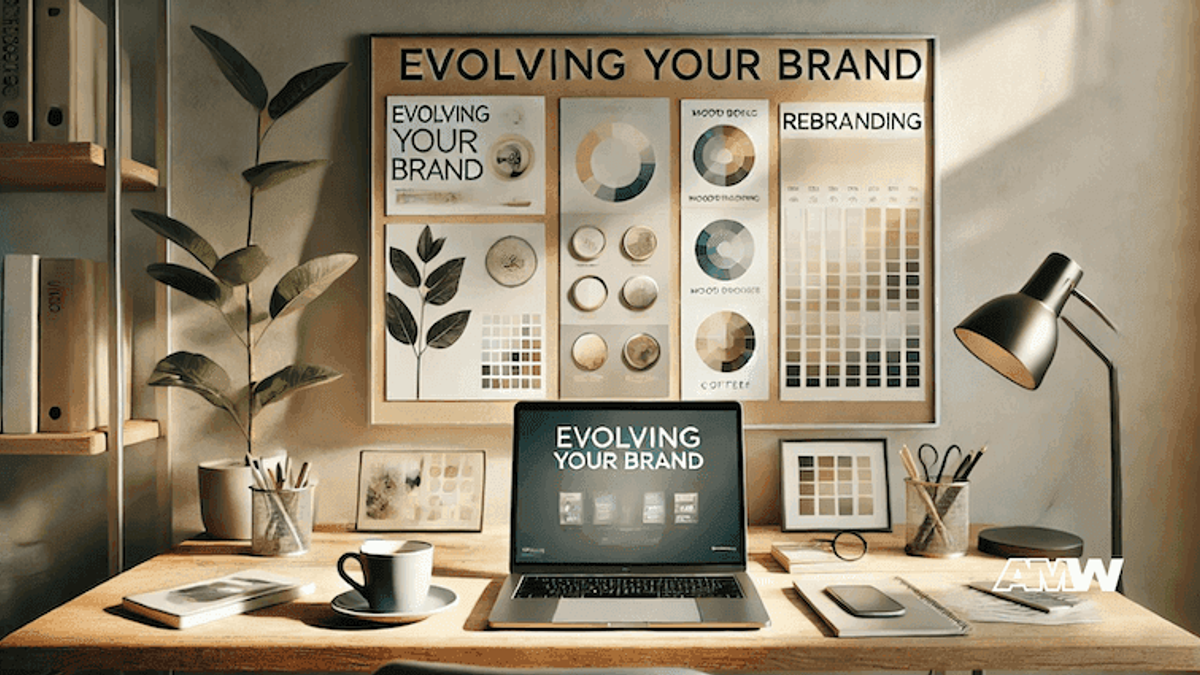
Consistency is key to maintaining a strong artistic brand. Stay true to your artistic style and values, regularly updating your online presence with new work and achievements. Your brand should evolve as you grow as an artist, but it is crucial to maintain the core aspects of your identity. This evolution ensures that your brand remains relevant and continues to resonate with your audience.
As your style develops, adapt your branding elements to reflect these changes. Update your visual identity, including your logo, color palette, and typography, to match your current artistic direction. Regularly review and refresh your brand statement to ensure it accurately represents your vision and goals. By keeping your branding efforts up to date, you demonstrate commitment to your craft.
Engage with your audience consistently to build trust and loyalty. Share updates about your artistic journey, including both successes and challenges. This transparency creates a stronger connection with your followers and makes your brand more relatable. Engage in discussions within your social media channels and respond to comments and messages to cultivate a sense of community.
Staying connected with the art world is essential for long-term success. Keep abreast of industry trends, attend exhibitions and network with other artists and professionals. This engagement can provide inspiration, new opportunities, and valuable insights into the market. By actively participating in the art community, you can position yourself as a well-informed and connected artist.
Personal branding is an ongoing process that requires regular attention and adjustment. Continuously seek feedback from your audience and fellow artists to understand how your brand is perceived. Use this feedback to refine your branding strategies and make improvements. By staying proactive to your audience's needs, you can achieve long-term success and recognition in the art industry.
Conclusion
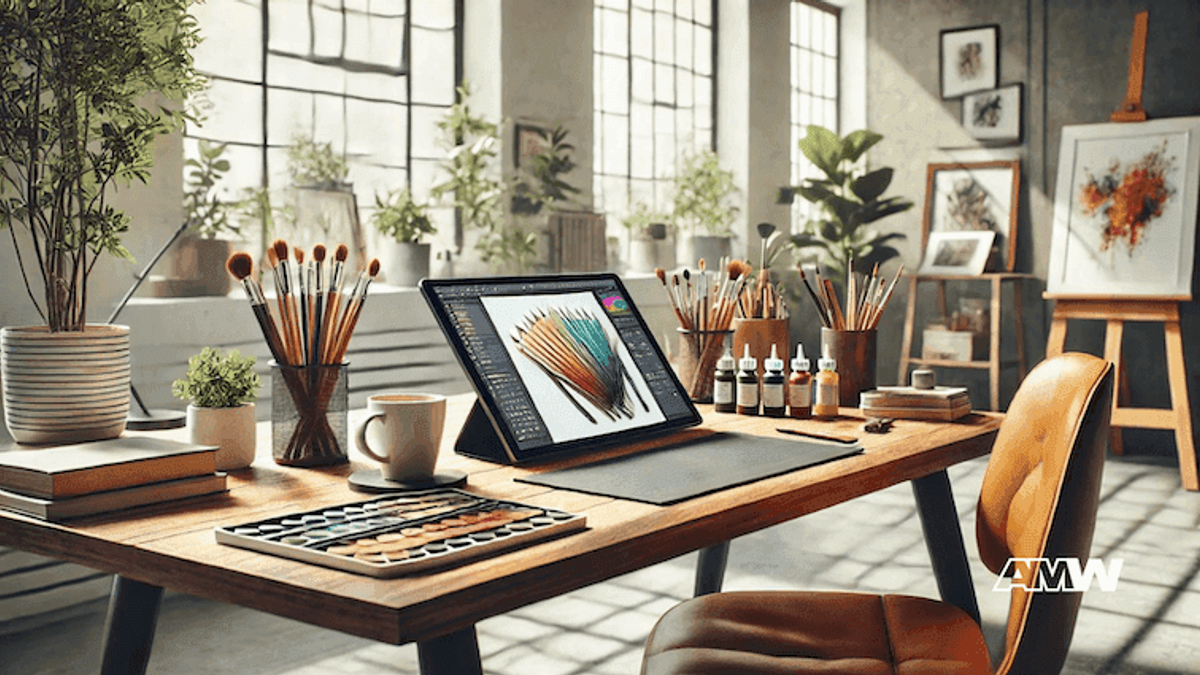
Artistic branding is a powerful tool that helps artists establish a unique and memorable presence in the market. By defining your brand identity, creating a consistent visual style, building an online presence, networking, and promoting your work effectively, you can enhance your visibility and attract new opportunities. Embrace the journey of developing your artistic brand and watch as it propels your art career to new heights.
The world of artistic branding offers endless possibilities for creative expression and professional growth. By focusing on authenticity, consistency, and engagement, you can build a brand that not only reflects your artistic vision but also resonates deeply with your audience. Whether you are just starting or looking to refine your existing brand, these strategies can help you stand out in the competitive art market and achieve your career goals.

Ready to Grow Your Business?
Get a free consultation and custom strategy tailored to your goals.